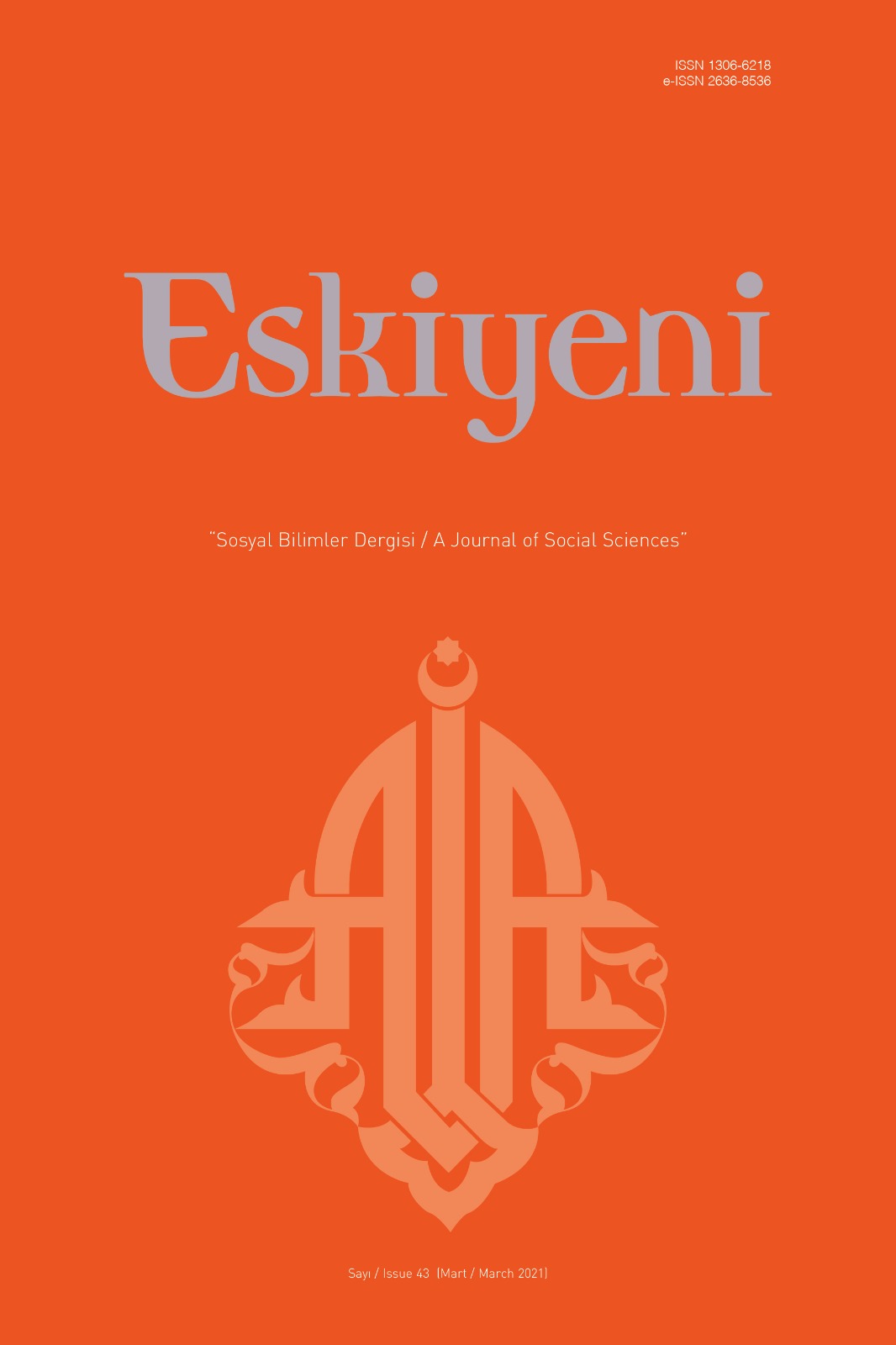Kemalpaşazâde’ye Göre Mahiyetin Mec‘uliyeti
The Creation of Quiddity According to Kemalpashazâde
Author(s): Murat DemirkolSubject(s): Theology and Religion, Islam studies, Existentialism
Published by: Anadolu İlahiyat Akademisi
Keywords: Islamic Philosophy; Pure Quiddity; Creation of Quiddity; Existence; Kemalpashazāde;
Summary/Abstract: In this article, we examined the analyzes and evaluations of Kemalpashazâde (d. 940/1534) on the issue of the creation of quiddity (maj‘ul of mahiya). Kemalpashazâde has many annotations (hāshiya) and pamphlets (risalah) on metaphysics; however, he specifically investigated this issue in his pamphlet On the Explanation of the Meaning of Creation (Ja‘l) and the Examination of Whether the Nature Is Created (maj‘ul). He examined the question of whether the creation of quiddity or not, taking into account the views and explanations of philosophers and scholars such as Avicenna, al-Rāzī, al-Tusī, al-Kātibī and al-Dawānī, especially al-Ījī and al-Jurjānī. al-Tusī and al-Kātibī are two philosophers that he applied to justify his views. Our philosopher has taken as basis the text and layout in al-Mawākıf of al-Ījī and Sharh al-Mawākıf of al-Jurjānīin the analysis of the issue. He referred to Jurjani’s works named Ḥāshiyah al-Tajrīd and Hāshiyah ‘alā Ḥikmat al-‘Ayn as required. In particular, he accused al-Jurjānī of failing to grasp the spesifics of the issue and putting it wrong. Some of his criticisms are directed to the inconsistencies that al-Jurjānī showed by adopting different views and approaches in different works on the same subject. Kemalpashazāde made important contributions to the solution of the issue. One of the significant determinations of him is the creation, which is required in the creation of quiddity, is not the two objects use of the verb ja‘ala, but one object use of this verb and that it means creation from nothing.Kemalpashazāde attached great importance to explaining what is meant by the view that “quditties are not created” advocated by philosophers. He states that philosophers disaggreed with the creation in the meaning of created by a creation of a creator. The explanation he made on this subject with a quotation from al-Tusī is briefly as follows: In terms of being a quiddity, quiddity is a necessity arising from the assumption of an assumer. However, this quiddity is qualified with the title of creation only after it has been realized in the field of external or mental existence. However, it is impossible for the creator’s change this assumption. Creation, in the meaning of the requirement of a subject, is not attached to quiddity in itself but identity. Quiddity requires the possibility in terms of quiddity and other fictitious things necessary for itself, without the condition of existence. However, it is described with these only after the quiddity is realized in the sphere of external or mental existence. Creation/generation, in the sense of needing an artist, joins identity, not quiddity. This need is not a necessity of quiddity in itself, on the contrary, quiddity brings that necessity.Kemalpashazāde accused al-Ījī nad al-Jurjānî for not understanding the difference between the madum person of Mu‘tezile and the concept of quiddity of philosophers. His use of the phrase “in general” instead of the phrase “absolute” used by al-Ījī in the second view that “absolutely all quiddities are created”, his restricting its identity to external existence, presenting the absolute existence as the joint of pure quiddity, not taking into account the other field of the nafs al-amr by referring only to the counterpart of the mental being with exclusion in the context, by adding the being to four in al-Ījī’s proposition of “if it is assumed four that is not even, then it is not four “ changing its purpose, his making an argument topic of combined quiddity can be given among the choices made by al-Jurjānī as subject of criticism. According to Kemalpashazāde there is no difference between combined quiddity and simple quiddity. Kemalpashazāde analyzed and tried to refute the evidence used to prove that the quiddities were not created. The first argument is formulated as follows: “If simple quiddity were created, it would need a creator. The thing which requires a creator is a possible thing. Because the cause of need is possibility. As a result, if simple quiddity were created, it would need a creator.” According to Kemalpashazāde even if it means for simple quiddity to be possible, that its existence and absence is caused by someone else, this does not require of simple quiddity to be created. If ‘created by itself’ contradicts with “its existence and absence is caused by someone else”, then simple quiddity is not created. The second argument is based on the rule that the attributed comes before the adjective. According to Kemalpashazāde like al-Kātibī, even though adjective comes after the attributed in existential things, it may come before the attributed. Possibility comes before the existence of possible. Because possibility is an adjective in terms of quiddity in itself not in terms of present quiddity. Quiddity is not a thing before the creator makes it and it has no occurrence.
Journal: Eskiyeni
- Issue Year: 2021
- Issue No: 43
- Page Range: 183-211
- Page Count: 29
- Language: Turkish

